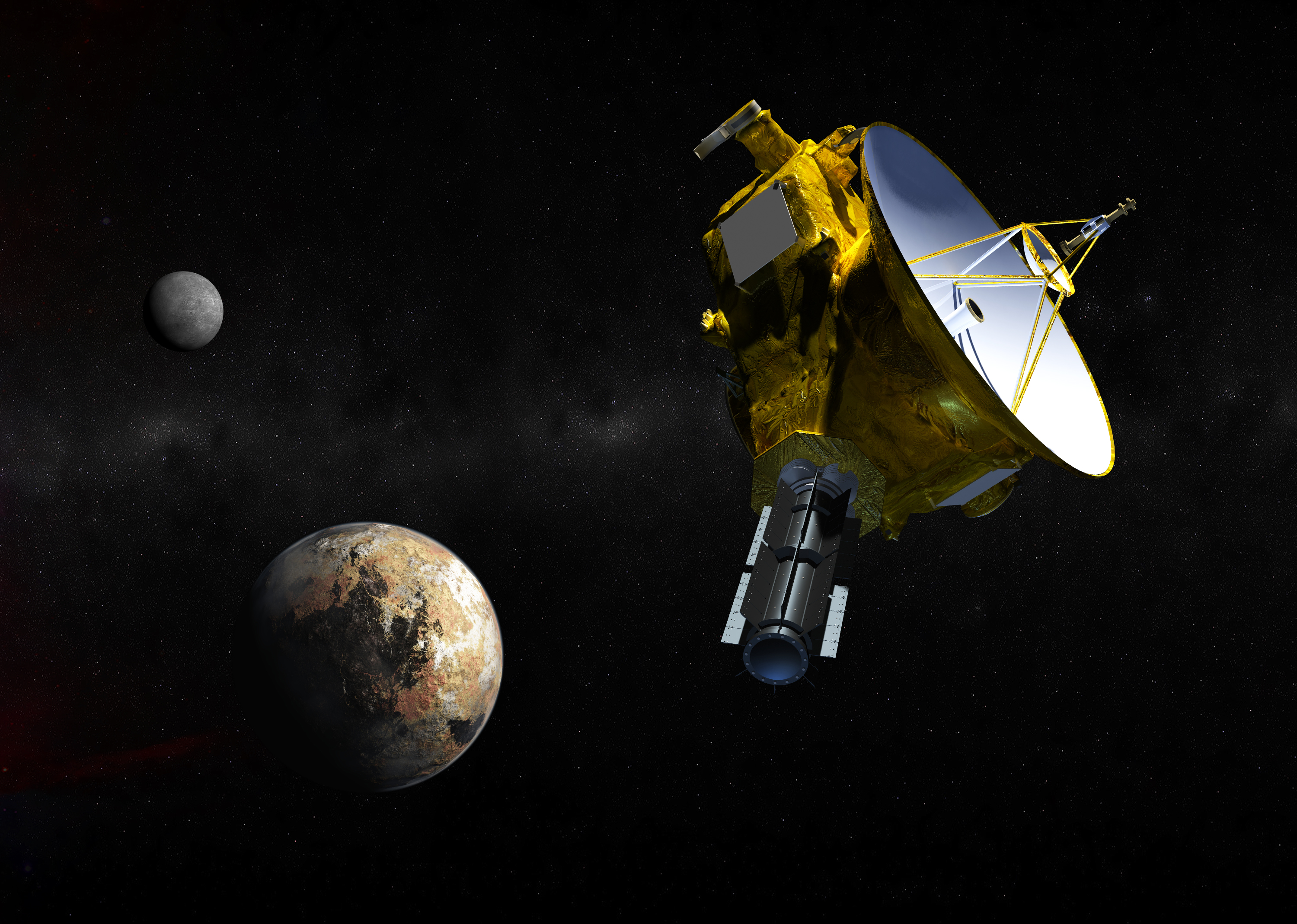Video transcript of meeting
2019 Transit of Mercury
This transit of Mercury will be well underway when the Sun rises at 7:00AM on November 11th. Observers in our location on the west coast of Canada will need to get up early and setup in the dark or pre-dawn,
New Horizons Pluto fly-by celebration – July 14th

Tuesday July 14 is going to be an historic day. The New Horizons spacecraft will make its long-awaited flyby of Pluto, obtaining the first closeup photos and data from this mysterious world. In honour of this event, I am arranging
